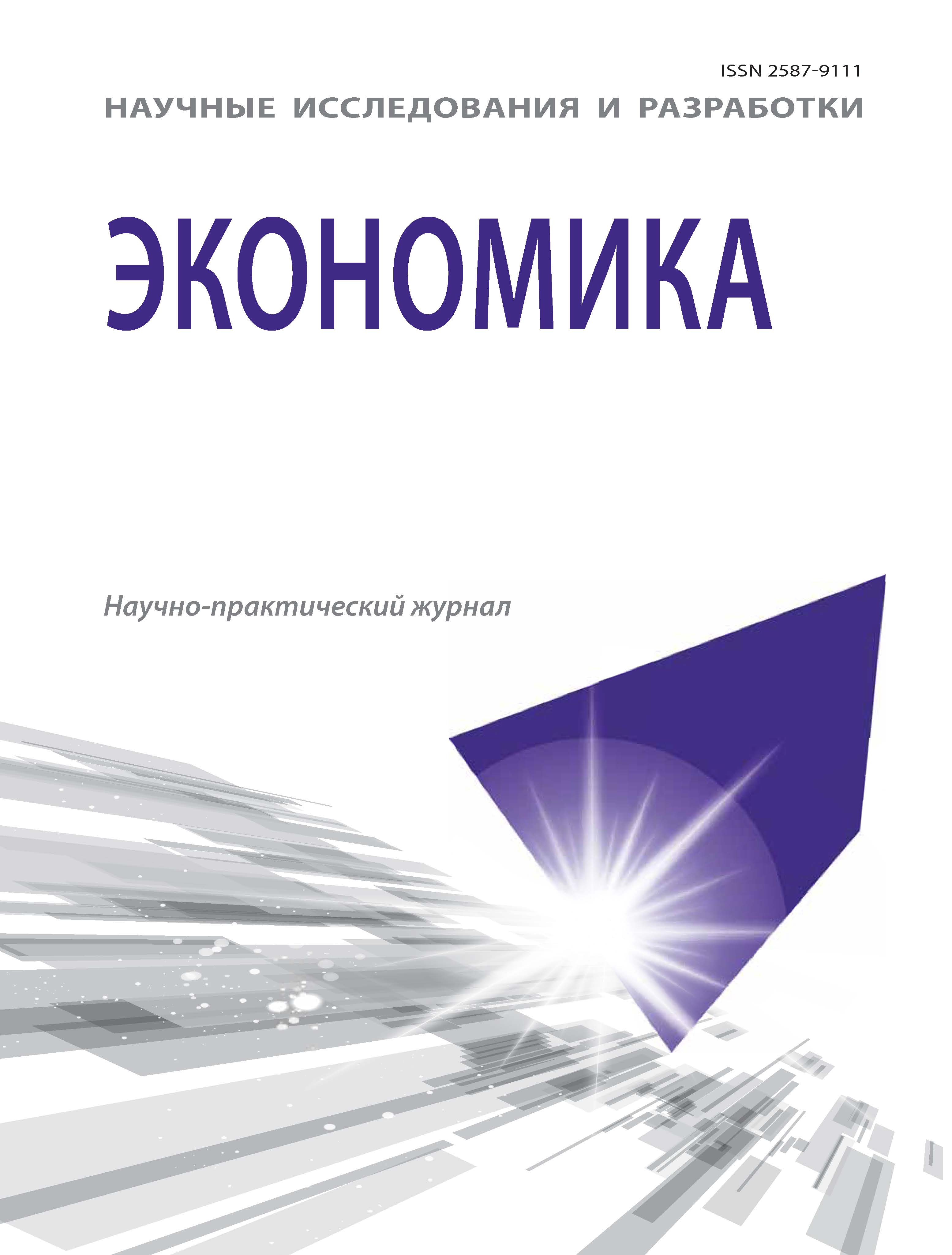Russian Federation
This work is devoted to analysis of the formation of Kondratiev cycles in 1870– 2008.The study aims to obtain data about the possible formation of long cycles on the basis of spectral analysis of deviations from the trend of the time series of real GDP per capita. The study notes that the Kondratiev cycles had gainedthe greatest power by the early twentieth century. This is most clearly seen in the 1930s. Later during the study, we found that the power of the Kondratiev cycles is waning and becomes minimal by 1960. All the decreasingsegments of Kondratiev cycles do no exhibitneither bursts of power, nor any short-term increases in capacity. This study suggests that in the Canadian economy, the change of technological orders by the end of the twentieth century was notshaped in accordance with the time frame outlined by the Kondratiev cycles. For example, cycles with a period of 33,3 years had the most power,which may indicate that by the end of the twentieth century a change in technological structure has a shorter time framefor developed countries.
Kondratiev cycles, spectral analysis, trend.
Работа выполнена при поддержке гранта РГНФ № 15–02–00369.
Введение
Основной целью настоящего исследования является определение мощности циклов Кондратьева в экономике Канады. Для исследования был выбран период с1870 по 2008 г. В основу исследования положен анализ реального душевого ВВП как основного индикатора, который позволит определить наличие длинных волн. Данное исследование поможет в перспективе сопоставить формирование циклов Кондратьева с формированием технологических укладов, что в результате может дать базу для прогнозирования развития экономики страны на основе существования и возрастания мощности циклов Кондратьева [6].
С точки зрения прогнозирования данная работа имеет особую актуальность, тем более что прогнозирование становится объектом деятельности практически любой экономической системы. Для того чтобы формат прогнозирования имел наиболее точное содержание, необходимо иметь достаточно актуальную и проработанную базу данных. Формирование таких исследований позволит более точно и правильно проводить прогнозы и, следовательно, с большей точностью осуществлять определенную социально-экономическую политику, опираясь на законы экономики [4].
1. Akaev A.A. Large business cycles and Shumpeter-Kondratieff innovative-cyclic theory. Ekonomicheskaya nauka sovremennoy Rossii [Economic science of modern Russia]. 2013, I. 2 (61), pp. 7-29. (in Russian)
2. Basovskiy L.E. The Kondratieff cycles and technological modes in the economy of Russia and industrialized countries. Nauchnye issledovaniya i razrabotki. Ekonomika [Scientific research and development. Economics]. 2014, Vol. 2, I. 4, pp. 4-10. (in Russian)
3. Basovskiy L.E. Ekonomicheskaya teoriya [Economic theory]. Moscow, Infra-M Publ., 2010. 412 p.
4. Borisov E.F. Osnovy jekonomiki [Fundamentals of the economy]. Moscow, Yurait Publ., 2009. 316 p.
5. Kuznetsov B.T. Makrojekonomika [Macroeconomics]. Moscow, UNITI-DANA Publ., 2009. 463 p.
6. Maddison, A. Historical Statistics of the World Economy: 1-2008 AD. Available at: http//www.ggdc.net/maddison/Historical_Statistics/horizontal-file_02-2010.xls (accessed 15 April 2015).
7. Makasheva N.A. The problem of integrating theories of economic cycles and balance (the second half of the 1920s - 1930s) and a draft of the theory of economic dynamics Kondratiev. Voprosy jekonomiki [Economic issues]. 2014, I. 1, pр. 22-39.
8. Natashkina E.A. Kondratiev waves and technological ways. Zhurnal jekonomicheskoj teorii [Magazine of the economic theory]. 2012, I. 3, pр. 169-173. (in Russian).






